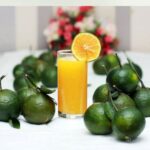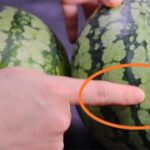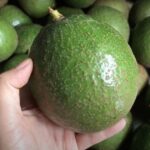The peak season for sanh tangerines is towards the end of the year, usually starting from October onwards. This variety of tangerines has a green skin, orange-yellow flesh, and is typically juiced due to its juicy, watery consistency. A distinct feature of this type of tangerine is its rough, uneven skin texture. The fruits are usually flat in shape and have a natural sweet and sour taste, neither too sweet nor too tart. The flesh inside is a vibrant yellow and full of juice. What sets these tangerines apart is their thick skin, ranging from 3 to 5mm, and the presence of numerous seeds.
When choosing sanh tangerines, keep the following in mind:
Examine the skin, paying close attention to the stem: The skin of a tangerine is indicative of its quality. If the tangerine is juicy, the skin will be thin and not thick. A thick, puffy skin that makes a hollow sound when tapped indicates that the fruit is old and has lost moisture, resulting in dry segments. The ideal tangerine has a mix of yellow and green hues, as those that are entirely green or have turned completely yellow may not be at their best. The skin of the fruit should not be overly rough. Look for a thick, slightly raised stem at the top, as this indicates a sweeter fruit. Additionally, when you examine the base of the tangerine, a natural yellow color suggests that it has ripened on the tree, while a uniformly yellow fruit may have been forced to ripen. A yellow discoloration around the stem could indicate the presence of worms or that the fruit is past its prime.
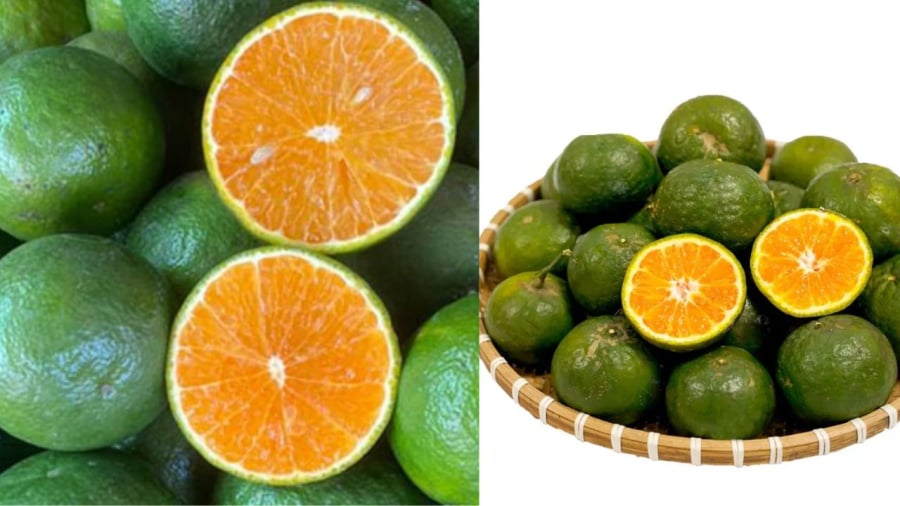
While the skin of sanh tangerines is rough, it should not be excessively so, and a thin, taut skin indicates juiciness.
Weigh it in your hand: When selecting tangerines, choose the heavier ones of similar sizes, as they tend to be juicier. Hold them gently and feel for a slight softness, which indicates a watery fruit. Avoid tangerines that are either too large or too small. Large, lightweight fruits are likely dry and hollow, while very small fruits may be unripe or worm-infested, leading to early harvesting.
Shape of the tangerine: The ideal sanh tangerine is round and symmetrical, without any deformities. Look for a firm stem with fresh leaves attached, indicating a freshly picked fruit. Gently shake the tangerine; if the stem remains firmly attached, it is fresh. However, if the stem is loose or easily detachable, the fruit is likely old.
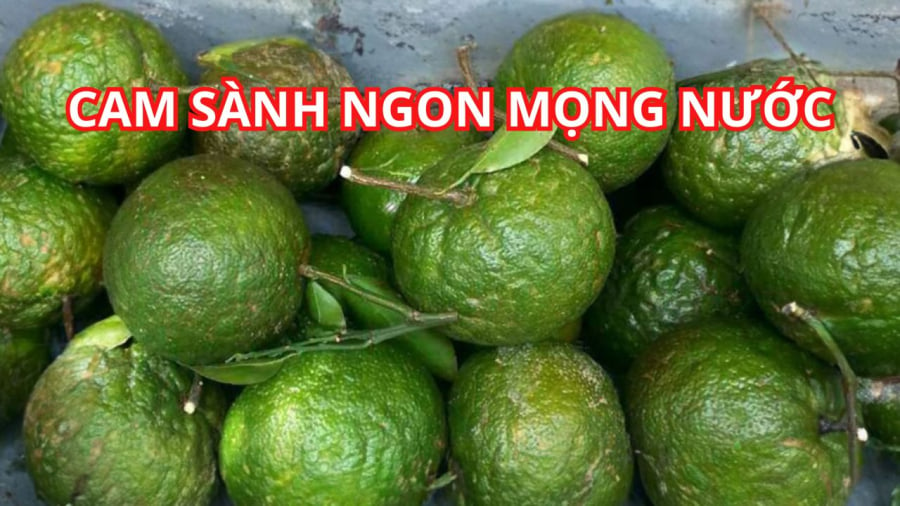
Sanh tangerines should be round and evenly shaped.
It is advisable to consume sanh tangerines during their peak season to ensure the best quality and safety. The end of the year is when they are at their cheapest and tastiest. At other times, they may be off-season or stored for extended periods, leading to dryness. If you wish to prolong the freshness of the tangerines, refrain from washing them immediately and instead bury them in sand. Wash the fruits only when you are ready to consume them.
The Ultimate Guide to Choosing the Perfect Grapefruit: A Sweet, Juicy, and Perfectly Ripe Treat.
Choosing the perfect grapefruit is an art. And the secret to selecting the sweetest, most mouth-watering fruit lies in a simple trick – take note of the little stem on the grapefruit. This seemingly insignificant feature is the key to unlocking the treasure of a delicious grapefruit. By paying attention to this small detail, you can guarantee a burst of flavor with every bite.
Is Watermelon Sweet or Not? One Glance is All You Need.
Selecting the perfect watermelon is an art; a tricky task that can make or break your snacking experience. Choosing an unripe watermelon is a waste of money and a disappointment to your taste buds. It’s a tricky business, and one wrong move can leave you with a fruit that’s not only a waste of money but also a letdown for your taste buds.

